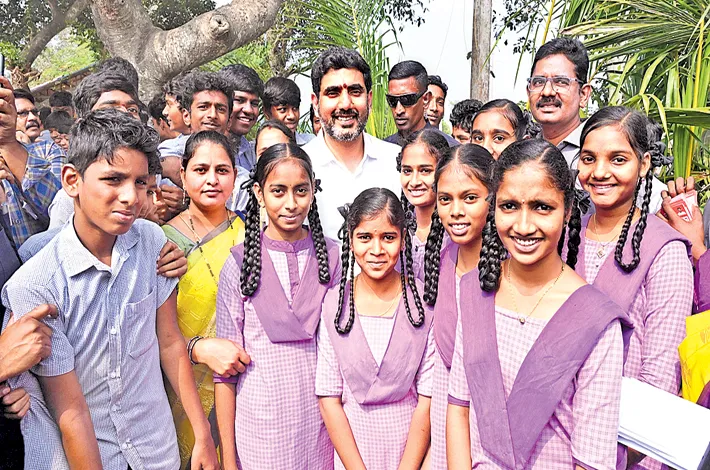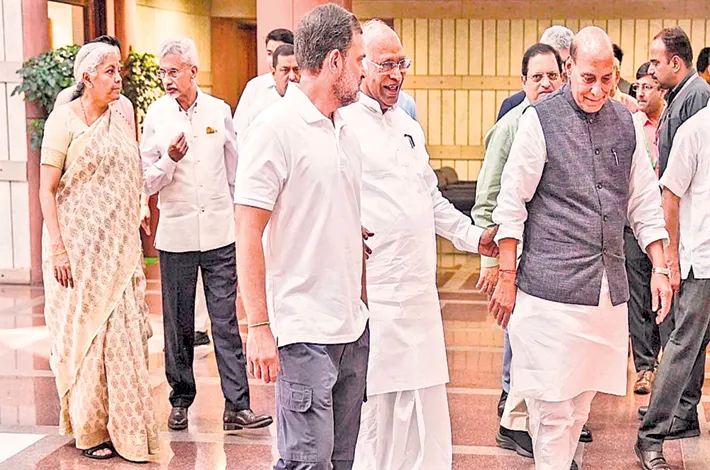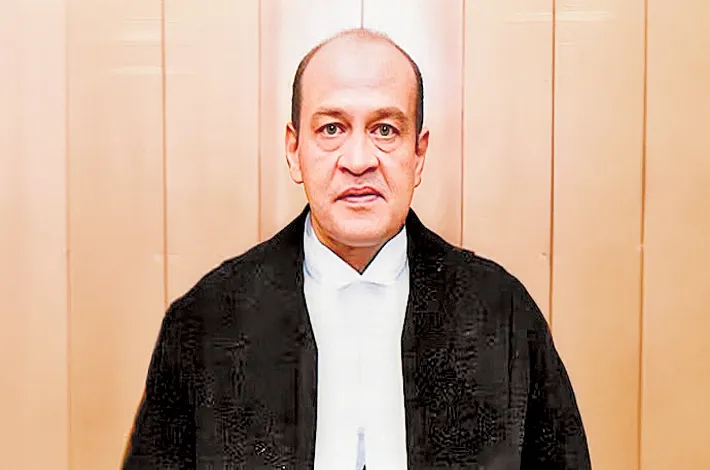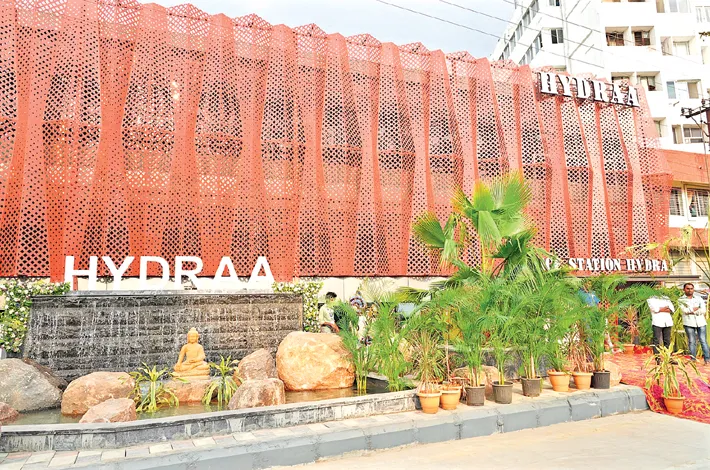Andhra announces major overhaul in education sector
13-01-2025 12:00:00 AM

A key aspect of the reform involves reinstating Grades 3, 4, and 5, which were removed and merged into primary and upper primary schools during the YSRCP tenure. These grades will be reintroduced in 4,731 schools across the state, undoing the previous structural changes.
Metro India News | AMARAVATI
The Andhra Pradesh government issued a Government Order (GO) on Saturday for the reorganization of ‘school complexes’ in the state. This concept is taken from the National Education Policy, 2020 which proposes grouping smaller schools around a central secondary school to share resources and teachers. The idea is to develop the standard of teachers as well as students, improve resource efficiency through common sharing, and enhance the educational experience for all involved.
The expected benefits include better integration of education across levels, improved support for children with disabilities, and more efficient school governance through the creation of School Complex Management Committees.
The policy suggests that by 2025, states and UTs should adopt innovative mechanisms to group schools, ensuring adequate staffing, resources, and a sense of community. The bottom line is that no child is deprived of access to schooling while maintaining educational quality and operational efficiency.
Lack of infrastructure, such as labs and libraries, complicates resource-sharing across schools. Operational complexity increases as managing multiple schools within a cluster adds administrative burdens, necessitating robust governance structures. There is also resistance from various stakeholders about the potential loss of local school identity.
The government states that a comprehensive review of the existing grouping of school complexes has been taken up, and consultations with stakeholders have been held to identify the challenges, deficiencies, and areas for effective governance through school complexes by efficient utilization of resources available. The government recently furnished a detailed proposal for the reorganization of school complexes in the state, duly taking the following criteria into account:
Based on the above criteria, the government, identified 4,034 clusters across the state and invited objections from all stakeholders. A total of 64 objections were received from 18 districts, all of which were thoroughly reviewed by the committee consisting of the Regional Joint Directors of School Education.
Government, after careful scrutiny of the proposals submitted by Director of School Education approved for the reorganization of 4034 Cluster school complexes in the State (2809-A clusters and 1225-B clusters), to streamline teacher training, enhance monitoring of educational outcomes, and ensure that schools are equipped to meet the evolving educational needs of students.








